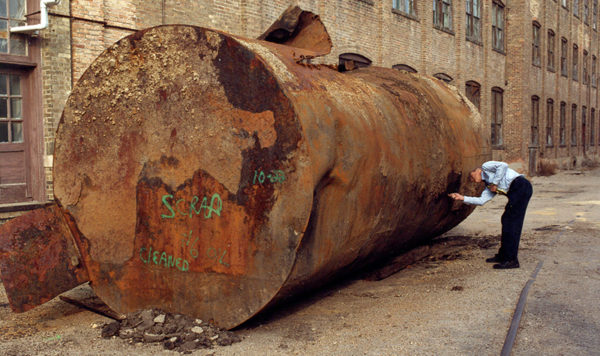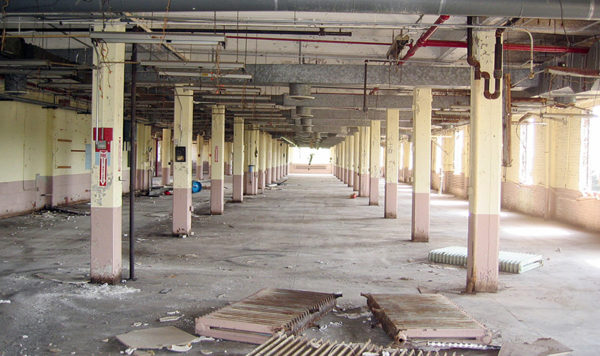Are Your Historic Buildings Worth Saving?

 By Scott Wilson, PSS, and Matt Ashby, AICP CUD
By Scott Wilson, PSS, and Matt Ashby, AICP CUD
Who doesn’t love old historic buildings? The weight of history, those amazing architectural features, the stories around them that have gone down as legend. They’re things that new construction just can’t replicate (or at least not until those new buildings have a few decades of their own history under their belt).
But if you’re a developer considering giving an old building a new lease on life, challenges may lie ahead. Development standards and building codes were developed assuming new construction. This can make reusing older, historic buildings prohibitively expensive. One solution is to have municipal planners review and revise development standards and zoning, building, and safety codes to allow adaptive reuse of existing downtown buildings, thereby facilitating infill development and reducing urban sprawl. Changes to allow adaptive reuse may include reducing minimum residential unit sizes and commercial or residential parking requirements and/or grandfathering in nonconforming building heights.
Even with adaptive reuse as an option, one of the first and most important things you must consider when deciding to renovate or demolish your historic buildings is: What secrets might they be hiding? We’re not talking about ghosts or hidden rooms; we’re talking about asbestos, mercury, lead and PCB-containing paint, and other hazardous materials that, if they’re not discovered early, could wind up costing you more than you’d ever expect.
One small community discovered that the hard way.
The municipality acquired an abandoned foundry from nonpayment of back taxes. A local developer, against our advice to involve a professional environmental firm to conduct a hazardous materials building assessment before purchase, allowed the previous owner to scavenge and remove for resale items within the foundry buildings.
It was a very understandable move to try to save money, but it ended up backfiring when the previous owner tried to salvage wiring and other material with value and dispose of industrial equipment. This approach inadvertently ended up spilling extremely toxic contaminants inside the building that mixed to create even more toxic components that were impossible to dispose of safely, efficiently, and cost-effectively. The developer soon realized he could not proceed with the purchase due to the inherent risk of the spilled contaminants and the enormous price tag for containment and disposal of these spilled wastes.
These disastrous results caused the deal to fall apart, leaving the municipality with a million-dollar cleanup and no financial recourse with a now-indigent owner. We assembled over $1.7 million in state and federal funding to remediate the site and secured property and owner environmental liability exemptions for the new owner (the municipality) to demolish the buildings, which allowed the community to acquire the property without liability and construct a 40,000-square-foot public library on the site. It is fully open and has become the “pearl” of the community.
The takeaway from this story is: Call experts in early to assess your buildings! While we’d love to save them all, it may be too costly, and it’s better for you to learn what’s hiding behind those historic walls earlier than later.
Scott Wilson and Matt Ashby have collaborated on environmental and development projects nationwide, helping communities remediate and redevelop brownfields and other properties.



Post a comment: